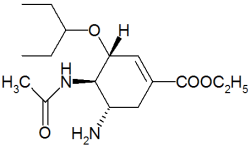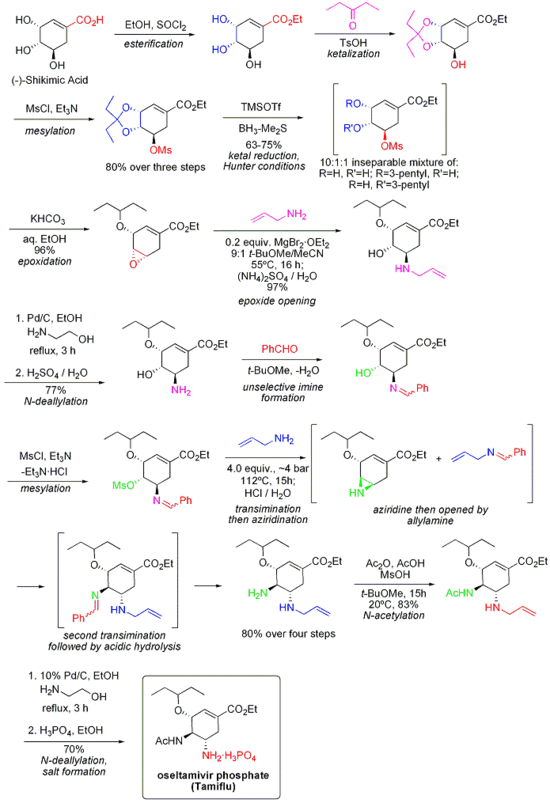HONG KONG, Nov. 8 Kyodo
Swiss pharmaceuticals giant Roche revealed Tuesday the supply of flu treatment Tamiflu in China is limited to the government to allow more coordinated distribution in the event of a flu pandemic.
It was reported Roche's Shanghai branch has notified the health ministry that the government is in the best position to distribute Tamiflu during a flu pandemic. The new arrangement started Nov. 1.
''The decision follows previous decisions made in the U.S., Canada, Finland and Denmark,'' Roche Hong Kong's spokeswoman Farrah Chan said. ''All Tamiflu stock on hand will be reserved for use in the influenza season.''
Tamiflu is among a few medicines believed to be effective against human infection of the often dangerous H5N1 bird flu virus. The World Health Organization estimate about 7 million people worldwide would die in a flu pandemic caused by the virus.
Hospitals and drug stores in China will have to resort to the government after their stocks run out. The stockpile in the country is said to be minimal.
Hong Kong has a reserve of 3.5 million capsules and is looking to raise it to 20 million by 2007.
Guangdong, the Chinese province neighboring Hong Kong to the north, has only 10,000 capsules in stock, a health official said last week.
Guangdong, the most populous province in China, has 110 million residents, according to the state-run Xinhua News Agency.
Hong Kong has about 6.8 million residents.
The WHO said at least 63 people had died in four Asian countries -- Vietnam, Thailand, Indonesia and Cambodia -- since 2003 after contracting the H5N1 strain, mainly from poultry.
The most feared scenario is if the virus can jump from poultry to humans then be transmitted from human to human.
Meanwhile, in northeast China's Liaoning Province, local officials culled 6 million poultry over the weekend in the bird flu-hit county Heishan, Xinhua said.
The WHO also said Beijing has sought help in investigating an infection case where a 12-year-old girl died last month in Hunan Province.
Local officials originally ruled out bird flu as the cause of her death.
The girl's younger brother and a 36-year-old teacher who were both feared infected with bird flu in the province are recovering.
COPYRIGHT 2005 Kyodo News International, Inc.
COPYRIGHT 2005 Gale Group



